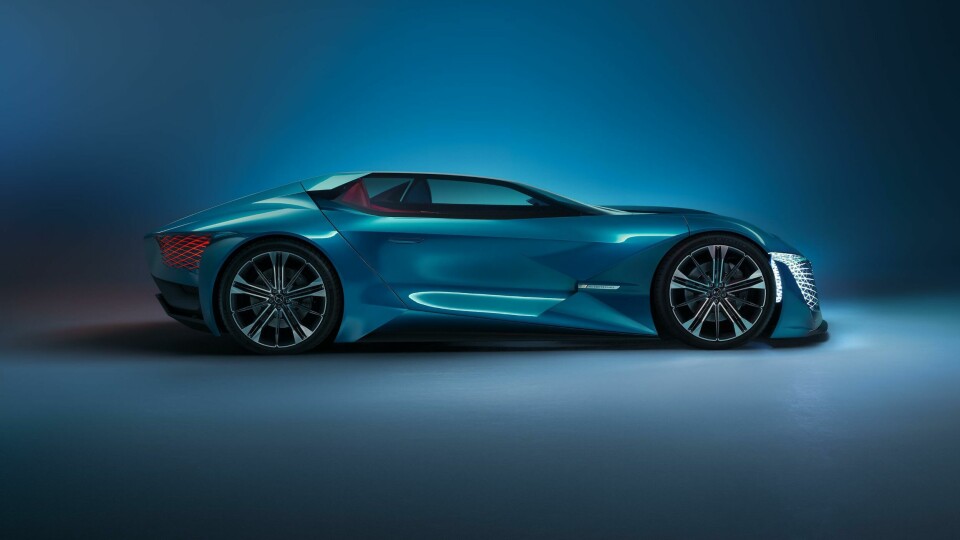
New DS concept combines autonomous driving, Formula E performance and feathers
With one side dedicated to racing and the other to chauffeured comfort, DS Automobiles’ new concept has a split personality
Six years ago, DS unveiled its E-Tense concept car. Designed with 2035 in mind, the all-electric vehicle had access to 540bhp in its standard driving mode and up to 1360hp in circuit mode. The three-seater was created with autonomous driving in mind with one half dedicated to the ultimate passenger experience while the other allowed the driver to be in control.
As we move closer to 2035 and experience new advances in autonomous driving technology, Car Design News spoke with Thierry Metroz, DS Automobiles design director, to see whether the ideas behind DS X E-Tense will shape the brand’s vision for an autonomous future.
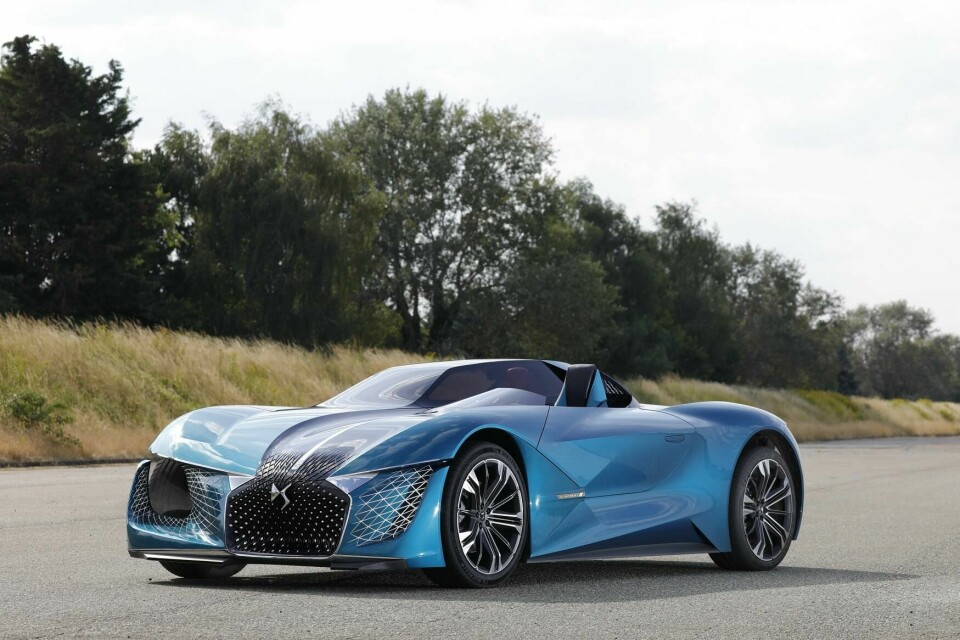
What was the original brief for the DS X E-Tense?
It was a special concept car because the idea was to imagine very far in the future; when we briefed the designers we said try to imagine a car for DS in 2035. We started with a brief to imagine some kind of side car but in the context of a car, this asymmetric design was in the brief from the beginning.
Also, the car can drive autonomously which is why we have this cocoon so you can be super comfortable and very relaxed. The second half of the car was much more dedicated to the basic pleasure of driving. Like a roadster or a cabriolet you drive with the wind in your hair.
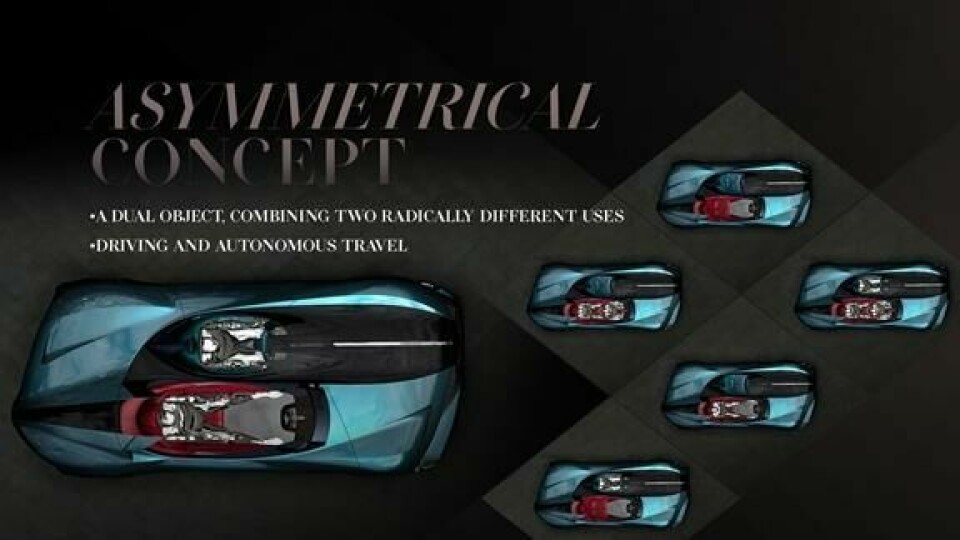
Walk us through the interior features of the DS X E-Tense.
We’re very proud of the interior finishes on this concept car and the collaboration we did with Maison Lemarié. The company is part of the Chanel group and dedicated to only working with feathers – in fact it is the world expert on feathers and works with this material for all the French haute couture brands. It was their first collaboration with the automotive world and we’re very proud of this.
How did glass play a part in the cockpit design?
The initial idea was to have a glass roof which is one piece of glass for the whole cockpit. The idea was to use this big glass surface to project a movie or entertainment onto when you’re in autonomous driving mode. It was really amazing to imagine this fantastic atmosphere. Also, the floor of the car is made with glass and you can see the road under your feet so you can be connected to the exterior.
How did you integrate the engineering requirements of the vehicle?
We did a fantastic collaboration with our Formula E team who made the chassis and powertrain. When you look at the performance of the car it’s the same performance as Formula E, we used the same battery packs and everything so you can drive the car as you would a Formula E car.
It was really complex to manage the asymmetry
It’s not just a mockup, it’s a real car and it was nice to work with this incredible team. When the car was released in 2018 DS finished first at the end of the Formula E season so it was a great moment for us.
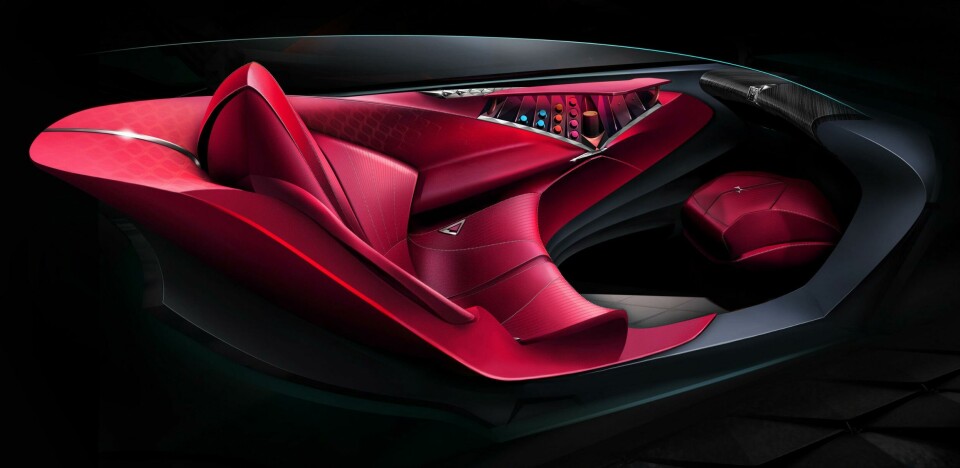
How did you distinguish between the car’s two personalities?
We made this distinction with the level of comfort. One side is designed like a cocoon with very soft surfaces and this calming red colour to create a very warm atmosphere. On the driver’s side the blue green interior is much more dedicated to driving the car. So, we used different colours and finishes for the two sides.
What were the key challenges in creating an asymmetrical design?
It was super difficult to design an asymmetric car. At the beginning of the project the idea was fun but at the end it was very complex because we needed to design two cars. When you design a symmetrical car, it’s easy because, for example, the left headlamp is the same as the right headlamp. When you do an asymmetric car you need to design two headlamps, two rear lamps and everything is different from one side to another. You also need to manage the three quarter view because the car should be nice to look at from the side and the three quarter view at the front and rear. This was the most difficult thing to manage.
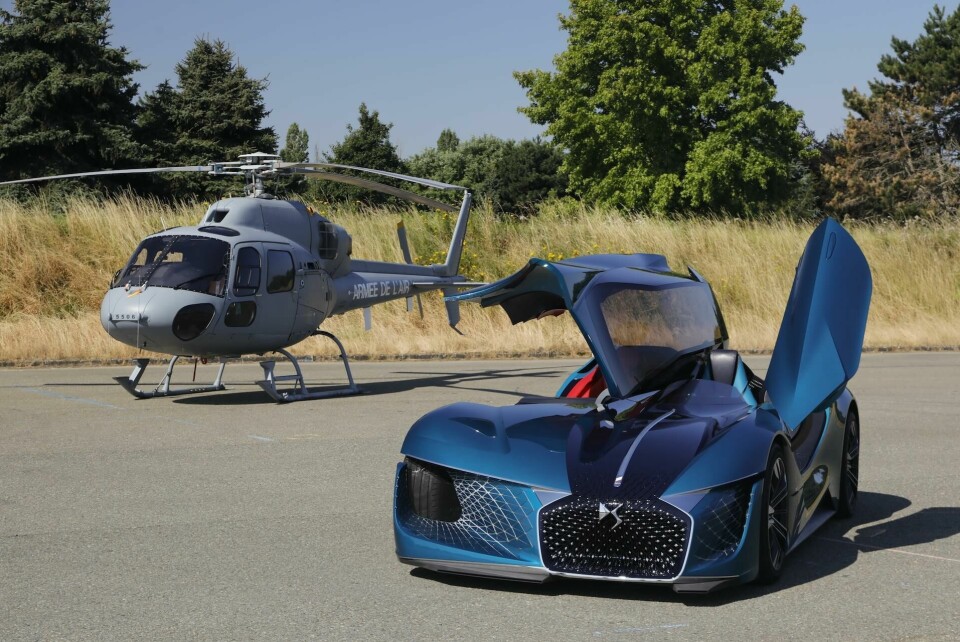
It was a long process to design the car, we did a lot of 3D experimentation. We did some mockups in foam to find a good ratio between the length of the car, its width and the asymmetry. We did more experimentation than we would on a regular concept car. It took much more time for the design development: normally on a regular concept, from scratch to the design freeze it takes around five to six months. On this project it took two to three months more because it was really complex to manage the asymmetry.
Now we’re a little bit closer to 2035, what features do you think we might see in the future?
I’m not sure that it will be a real project for 2035. It’s a little bit crazy. It’s much more of a dream car than a manifesto for a real car in the future. But when we look at the X E-Tense it has nourished our production cars. I’m talking about the sabre down the centre of the bonnet which we have on the DS 9. We also explored a new generation of steering wheel, the X-shape steering wheel which will come to production very soon. It was also the first time we had the light veil which then appeared on the DS 7 in real life.
Do you think there’s a place for asymmetric cars in the future?
Maybe not. I’m not sure that the customer is ready to drive an asymmetric car. It’s perfect for a dream car, it’s fresh, innovative, avant garde, but for a production car the customers are not ready. It’s quite risky to do this very innovative silhouette on a production car especially for left and right hand drive markets. You can imagine for France you build one car and for the UK it’s another car. You not only have to change the interior and the dashboard but you need to produce two bodies, one for the UK and one for the rest of Europe.
How do you think autonomous driving will impact car design moving forward?
The main changes will be in the interior, with Level 3 and Level 4 autonomous driving, it will change the way we design the dashboard and the seats. We’ll have an evolution of the ergonomics because if you are not driving the car you’ll probably have a different position inside. It’s a good opportunity for us to push back the dashboard and to imagine the first row with more space and more comfortable seats.

















